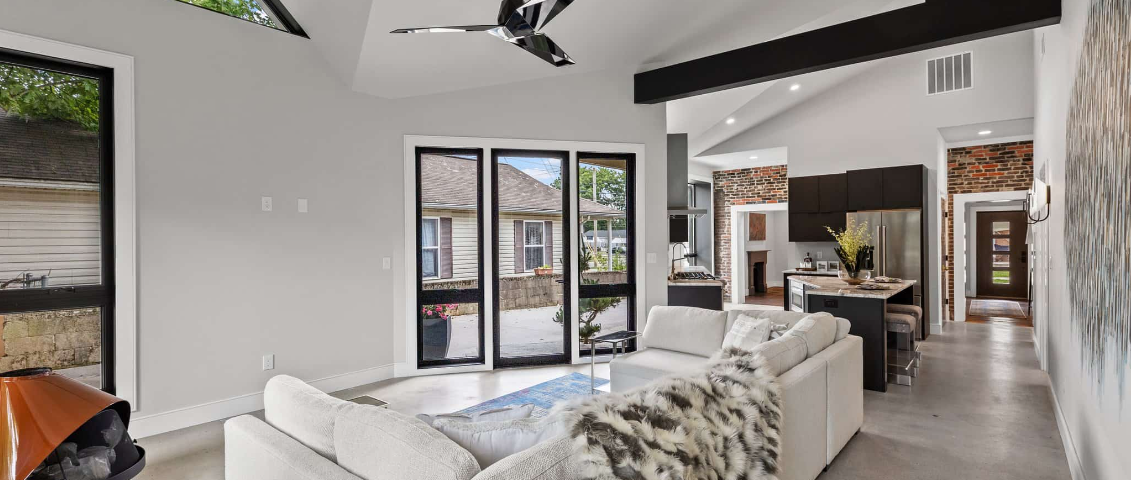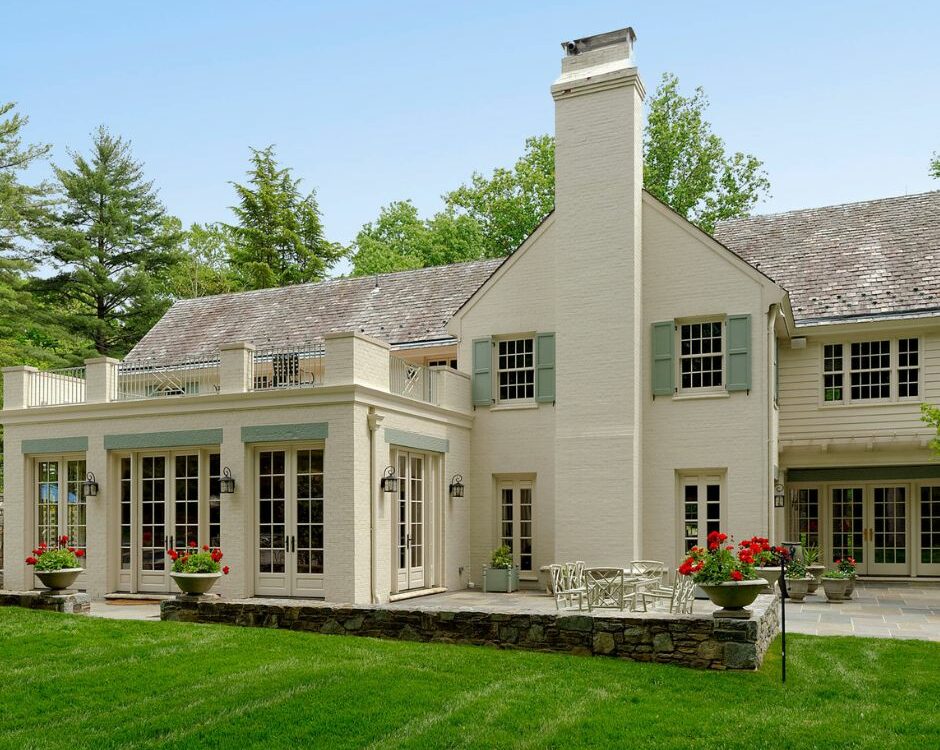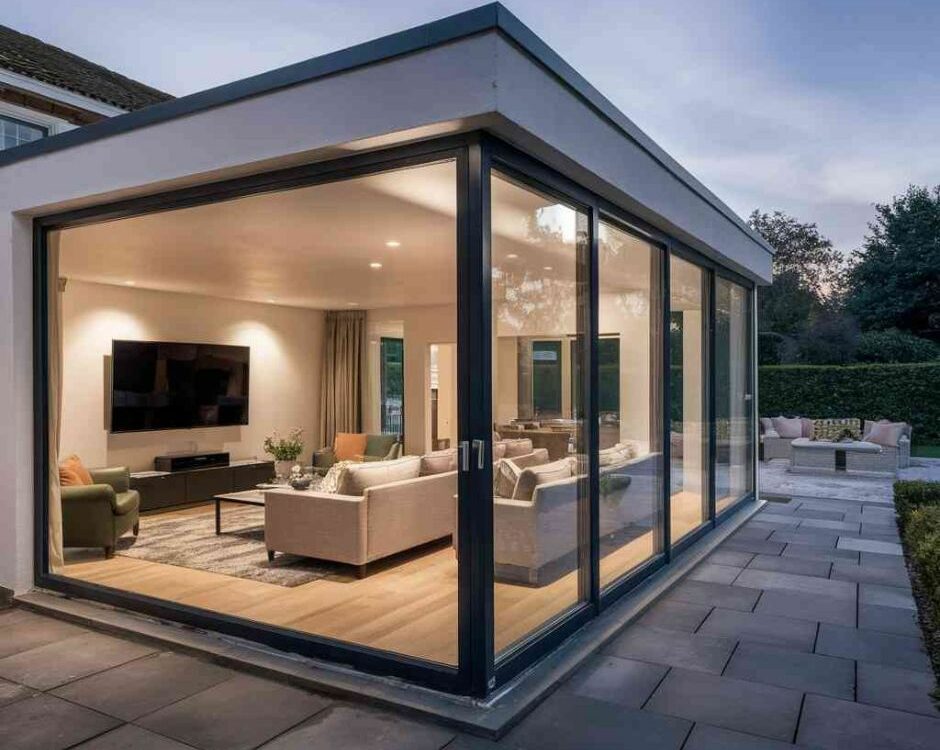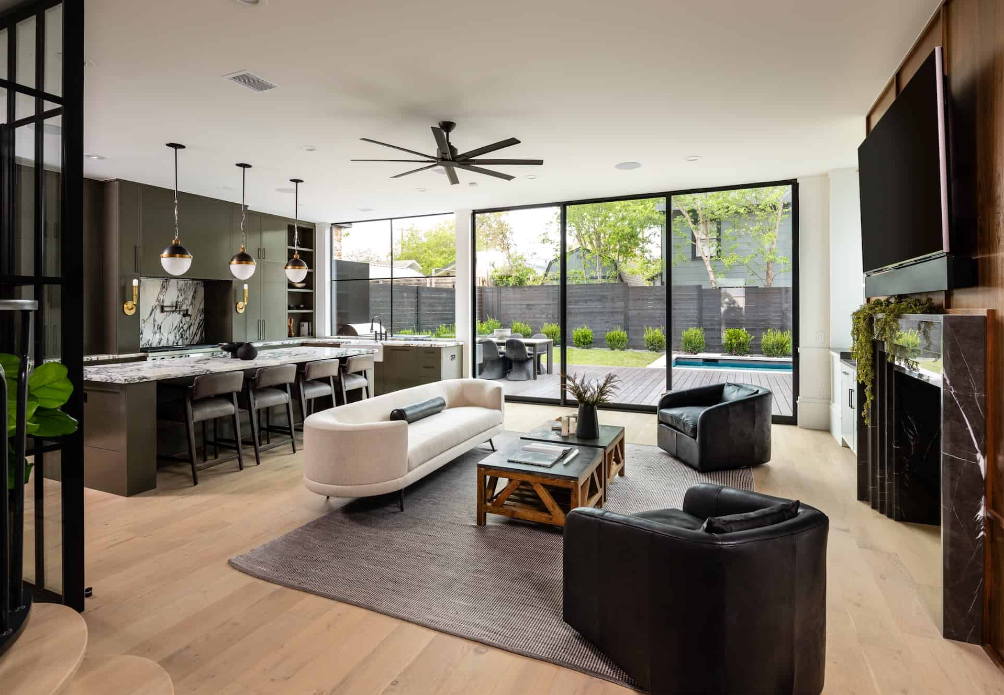
Architectural Marvels: Design Inspirations For Your Room Addition Project
November 15, 2023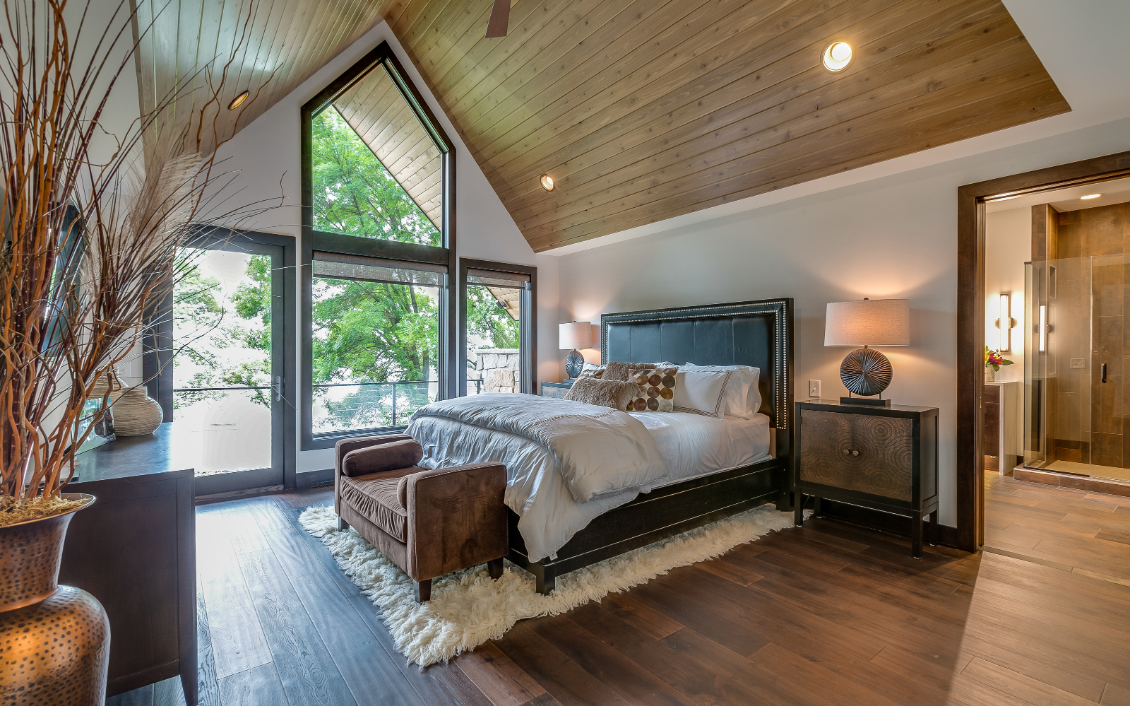
Dream Big: Tips For Designing The Perfect Room Addition For Your Home
November 15, 2023The theory of room addition design transcends the mere construction of four walls and a ceiling; it involves the careful crafting of a vision that harmoniously integrates function, aesthetics, materials, and décor.
This assertion is supported by research in environmental psychology which indicates that our surroundings significantly influence our mood, productivity, and overall well-being. Thus, planning your space goes beyond blueprint drawings—it requires an understanding of how different elements can be blended to create a conducive environment tailored to meet individual preferences.
Diving deeper into this theory reveals the importance of selecting appropriate materials and décor choices for not only aesthetic purposes but also functionality. The choice between hardwood or carpet flooring, for instance, does not only affect the visual appeal of the room but also influences its acoustics and maintenance requirements.
Similarly, colors used in decoration have been scientifically proven to evoke certain moods – warm tones are said to stimulate while cool ones tend to soothe. Therefore, creating an ideal room addition design should encompass a holistic approach that considers all these factors with meticulous detail for optimal results.
Planning Your Space: From Function to Aesthetics
In the process of planning a room addition, careful consideration must be given not only to its function but also to its aesthetic appeal in order to create a harmonious and practical space.
The primary step involves identifying the purpose of the new room – whether it will serve as an extra bedroom, a home office, or a casual lounging area. Based on this, necessary elements such as furniture layout, storage solutions and lighting options are determined.
Furthermore, aesthetics plays an integral role in enhancing user experience within the space; hence it should not be overlooked. The choice of colour scheme, textures and patterns significantly contribute towards creating an inviting atmosphere that resonates with personal taste and lifestyle.
Additionally, ensuring that the newly added room blends seamlessly with the existing architectural style of the house is paramount for maintaining consistency and visual coherence. This can be achieved by using similar materials or design motifs present in other parts of the house which would foster a sense of continuity throughout space.
However, this doesn’t imply that one cannot experiment with novel design concepts; rather it encourages creating a balance between innovation and conformity to achieve desired results.
Ultimately, successful room addition designs are those that manage to intertwine functionality with aesthetics while catering to individual needs and preferences.
Material Selection and Décor Choices
Material selection and décor choices significantly influence the aesthetic appeal and functional efficiency of the proposed architectural expansion. The choice of materials must reflect a balance between beauty, durability, cost-effectiveness, and sustainability.
From flooring options such as hardwood or tile to wall coverings like paint or wallpaper, each material has unique properties that can enhance the design aesthetics while also fulfilling specific functional requirements. For instance, natural stone may offer an elegant look but could be less practical for high-traffic areas due to its susceptibility to scratches. On the other hand, engineered wood might offer more resilience whilst still maintaining an attractive appearance.
In terms of décor choices, these should harmoniously blend with both the existing structure and new addition. Every element from furniture style, color schemes, lighting fixtures to window treatments contribute towards creating a cohesive visual narrative that resonates with individuals residing in the space.
It is essential to not only consider trends but also prioritize comfort and personal taste since this would make inhabitants feel more connected with their surroundings. Furthermore, incorporating elements that reflect personal experiences or values can infuse a sense of belonging within this newly expanded space which enhances overall satisfaction and wellbeing in daily living activities within it.

